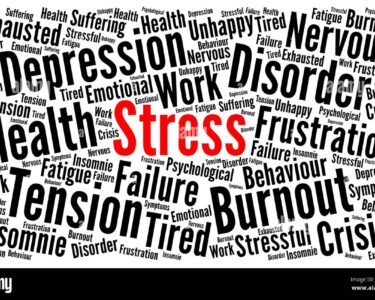From Stethoscope to AI: How Technology is Transforming Medicine

Introduction
In recent years, technology has been playing a transformative role in various industries, and medicine is no exception. The integration of advanced technologies, such as artificial intelligence (AI) and machine learning, has revolutionized the field of healthcare. From enhancing diagnostic accuracy to improving patient care, technology is reshaping the way medicine is practiced. In this article, we will explore the remarkable journey from the traditional stethoscope to the cutting-edge advancements of AI in medicine.
read more about Technology in Modern Healthcare – Advancements Shaping the Industry”
Table of Contents
-
The Evolution of Medical Tools
- The Birth of the Stethoscope
- Advancements in Medical Imaging
- Digital Health Monitoring Devices
-
Artificial Intelligence in Medicine
- AI-assisted Diagnostics
- Precision Medicine and Personalized Treatment
- Robotic Surgery
- Drug Discovery and Development
- Health Monitoring and Wearable Devices
-
Benefits and Challenges of Technological Integration
- Improved Diagnostic Accuracy
- Enhanced Patient Care
- Ethical and Privacy Concerns
- Cost and Accessibility
-
The Future of Medicine: Promising Innovations
- Telemedicine and Remote Patient Monitoring
- Augmented Reality in Surgical Procedures
- Nanotechnology and Targeted Drug Delivery
- Blockchain Technology for Medical Records
-
Conclusion
-
FAQs
The Evolution of Medical Tools
The Birth of the Stethoscope

The stethoscope, invented by René Laennec in the early 19th century, marked a significant advancement in medical diagnostics. It allowed physicians to listen to the internal sounds of the body, leading to improved diagnosis of conditions like respiratory and cardiovascular diseases.
Advancements in Medical Imaging

Medical imaging technologies, such as X-rays, CT scans, and MRI scans, have revolutionized diagnostic capabilities. These tools provide detailed images of the body’s internal structures, enabling healthcare professionals to detect abnormalities and make accurate diagnoses.
Digital Health Monitoring Devices
![]()
In recent years, there has been a surge in the development of digital health monitoring devices. These wearable technologies, including fitness trackers and smartwatches, allow individuals to monitor their vital signs and track their overall health. They provide valuable data to both patients and healthcare providers, facilitating proactive healthcare management.
Artificial Intelligence in Medicine
AI-assisted Diagnostics

Artificial intelligence has proven to be a game-changer in medical diagnostics. AI algorithms can analyze vast amounts of medical data, including images, lab results, and patient records, with remarkable speed and accuracy. This assists doctors in making more precise diagnoses and developing effective treatment plans.
Precision Medicine and Personalized Treatment

The concept of precision medicine involves tailoring medical treatment to an individual’s unique characteristics, such as their genetic makeup. AI algorithms can analyze genetic data and identify specific biomarkers associated with diseases. This enables healthcare professionals to provide personalized treatment plans that maximize effectiveness and minimize side effects.
Robotic Surgery

Robotic surgery combines the expertise of surgeons with the precision and dexterity of robotic systems. Surgeons can control robotic arms equipped with surgical instruments, allowing for minimally invasive procedures and precise movements. Robotic surgery reduces the risk of complications, shortens recovery times, and enhances surgical outcomes






 Viesearch - The Human-curated Search Engine
Viesearch - The Human-curated Search Engine

2 Comments